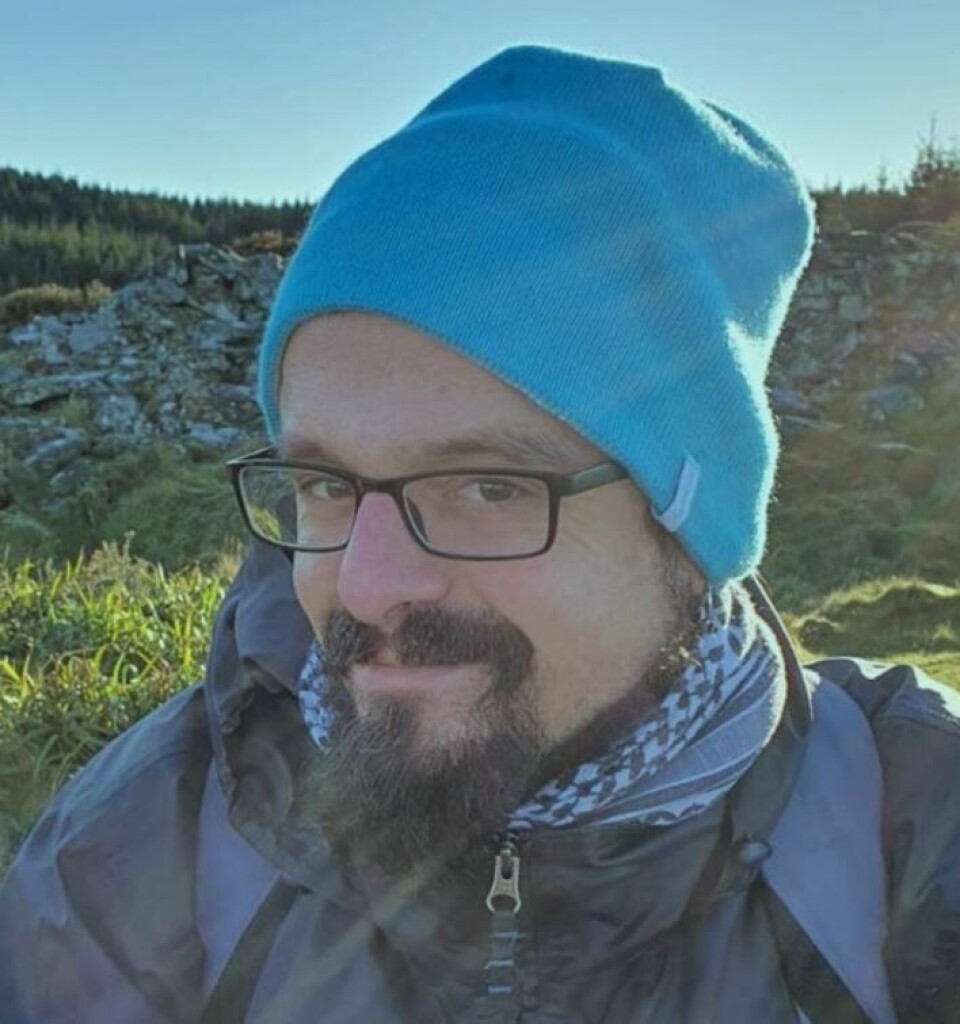
Collaboration is key to farmed wrasse progress
The number of farmed ballan wrasse used in aquaculture to support integrated sea lice management could overtake wild-caught wrasse as soon as 2022 as a result of increased and more effective breeding and deployment programmes, according to aquaculture experts.
Yet, while the approach to ballan wrasse is heading in the right direction, ongoing collaboration, knowledge sharing, engagement, and investment in innovation across the sector will be key to unlocking its full potential.
That was the key message from speakers who took to the virtual stage at the recent International Ballan Wrasse Conference, hosted by the Sustainable Aquaculture Innovation Centre (SAIC) and Otter Ferry Seafish. The event brought together professionals from around the globe to discuss best practice and new findings around the rearing, welfare and deployment of the cleaner fish species.

Knowledge sharing
“Salmon farming has been an established practice for more than 50 years and it is an international success story for sustainable and reliable food production. However, the work around ballan wrasse is still in its infancy – the first trials with wild fish started in the 90s but only in the last 12 years have we seen a strong commitment to farmed wrasse research and development,” said Daniel Carcajona, aquaculture innovation officer at SAIC and co-organiser of the event.
“We have the building blocks in place for increased adoption and production of ballan wrasse, but key to unlocking that potential lies in placing all the disparate pieces of the puzzle together and getting people in the sector talking to one another on a regular basis. Our aim through this event was to start to form an interconnected network of ballan wrasse experts who can continue to share knowledge to support sustainable growth.”
International audience
More than 230 people registered for the online conference, representing hatcheries, feed producers, fish health experts, academia, and other areas crucial to the domestication and farming of ballan wrasse. Delegates came from the UK, Europe, Canada, Africa, India, South America and the Far East, reflecting the international nature of the aquaculture community and the widespread interest in biological control in aquaculture.
Prevalent throughout the day were the themes of sustainability, research and innovation, and health and welfare, which cross into each and every aspect of the ballan wrasse lifecycle, from broodstock management to the integration of cleaner fish on salmon farms.

Efficacy at sea
Highlights of the conference included a session on deployment and efficacy at sea, chaired by Matilda Lomas-MacKenzie, cleaner fish coordinator at The Scottish Salmon Company. Shared as part of the presentations was feedback gathered from Mowi farmers, who said they supported and welcomed the use of cleaner fish. However, they noted some challenges that need to be addressed in terms of habitat, health and employee training. Across the board, it was recognised that there will never be a one-size-fits-all approach to deployment, but processes will be continually adapted and improved, informed by scientific developments.
Chris Hempleman, production director at Otter Ferry Seafish, and Lewis Bennett, cleaner fish manager at Loch Duart, spoke of the need to focus on the conditioning phase as part of the overall acclimatisation process from the controlled hatchery environment to the challenges of sea pen life. Getting this transfer process right can reduce the degree of stress the wrasse are exposed to and, as a result, improve their performance through better health and welfare practices.
Nutrition and spawning
A separate session on broodstock management, chaired by Professor Hervé Migaud from the University of Stirling’s Institute of Aquaculture (IoA), explored the importance of nutrition and other variables that can impact the window of opportunity for spawning. In one instance, Halvard Hovland, general manager at Havlandet saw this increase from three weeks to three months by introducing a new feed concept and fine-tuned recipes. However, Arthair Gordon, breeding programme manager at the University of Stirling and Otter Ferry Seafish noted in his presentation that there is still room for improvement on fertilisation levels to help close the gap.
Other talks covered hatchery production, chaired by Daniel Phillips, cleaner fish production manager at Mowi, with presentations from Mowi Anglesey, Otter Ferry Seafish and CFeed; and nutrition, chaired by Luis Conceição from Sparos, with speakers from BioMar, Planktonic AS and WorldFeeds, representing all development stages from first feeding to sea deployment.
The final session focused on health and welfare, chaired by Johanna Baily from the IoA, with speakers from Mowi, Ridgeway Biologicals and RSPCA Assured, who all highlighted the complexities of rearing and deploying ballan wrasse, with a wide range of factors impacting each stage of the process.
A hugely complex species
“What’s clear is that ballan wrasse is a hugely complex species”, said Carcajona. “They are one of the only animals across aquaculture selected and bred based on a behavioural trait.
“Moving forward, if the sector can work together to get the balance right between each of the variables in production and deployment, we could have a thriving population of farmed ballan wrasse successfully dealing with sea lice. Reduced requirement for intervention and treatment could make a big difference across the sector, but we need to continue to be driven by solutions and listen to the wants and needs of everyone involved.”
Initial feedback from the International Ballan Wrasse Conference suggests that the event will become a regular feature in the calendar, with delegates keen to see it return as an annual or bi-annual conference.
For more information, please contact Daniel Carcajona: daniel@sustainableaquaculture.com























































